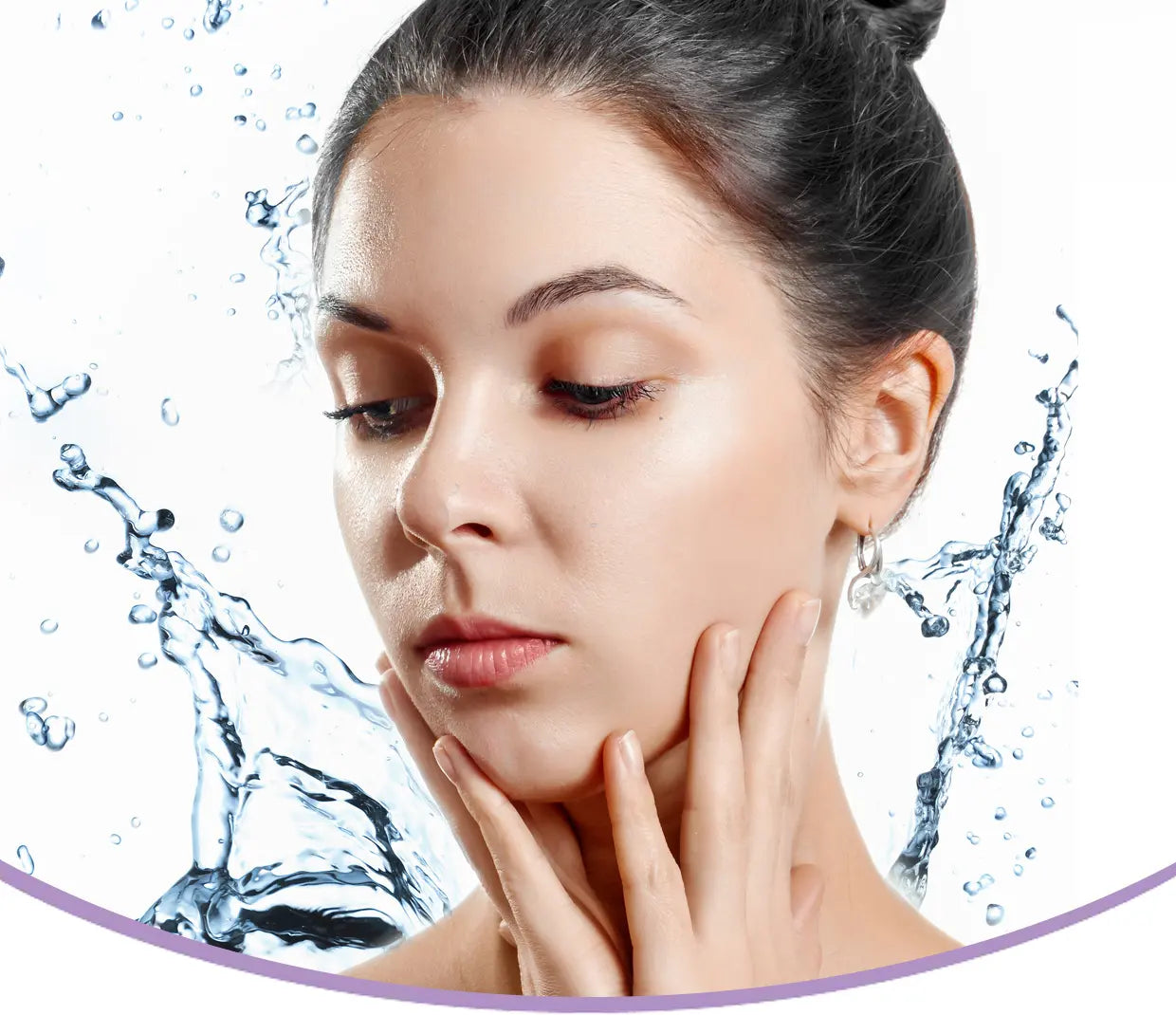
Skin Hydration Assay
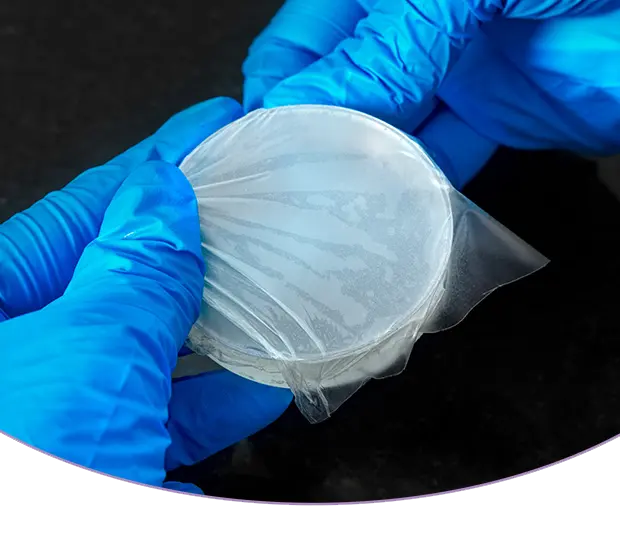
What is an adhesive film & Why we use it?
How we test the hydration of our Products?
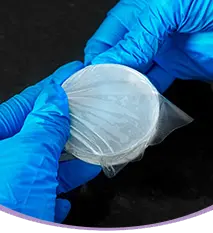
Preparing The 'Skin'

The vapor-permeable adhesive film acts as the outermost skin layer during this experiment. However, this membrane is originally not designed for a hydration efficiency test Therefore, it needs a supportive base consisting of agarose (sub-surface), glycerol (anti-dryness agent), and Phenoxyethanol (preservative). So just like your natural skin has inner layers, our artificial skin also has something to sit on!
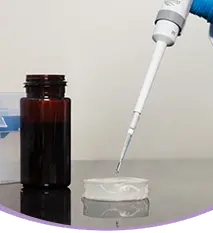
Hydration Through The Products

Once we get a solidified base, we place the adhesive membrane on it, followed by the test product. All of our skin-hydrating products are oil-in-water emulsions. So, when we apply the test product, the adhesive film absorbs the moisture content but doesn't bind to it. That's where the oil component helps! The oil holds the water in the membrane just like it does in the outermost layer of your skin, i.e., stratum corneum
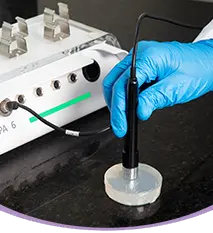
Tracking Hydration Levels With Corneometer

The membrane is now well-hydrated! But the question is how much and for how long? We find these answers through a corneometer. A corneometer is a device that tracks the hydration levels of the stratum corneum.In this experiment, we use it to check the hydration levels of the membrane at different intervals of time.
What's The Final Result?
Pick from our range of tested Skin Hydrating Products Now
Blog
Product Related Topics







